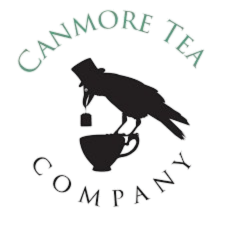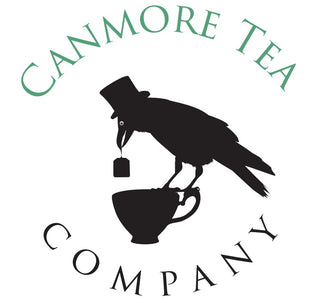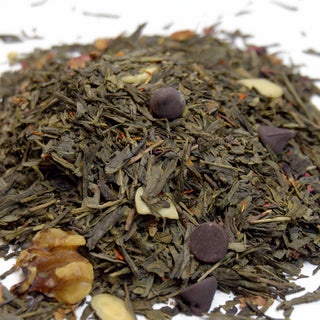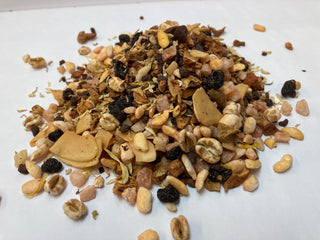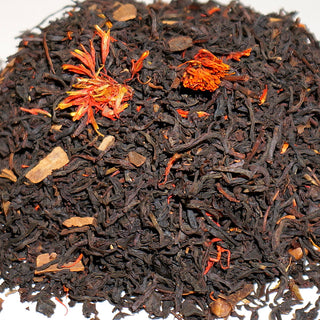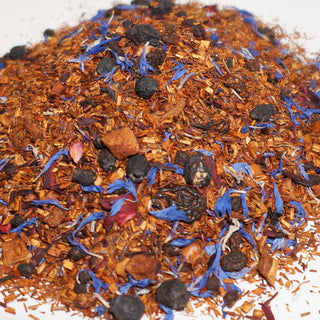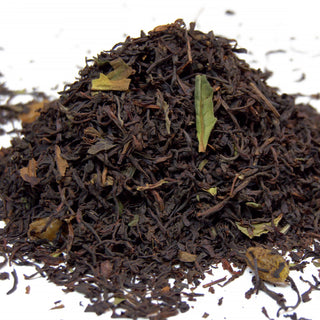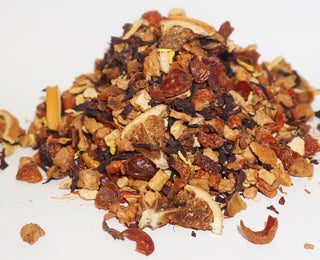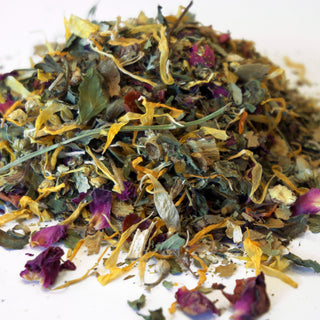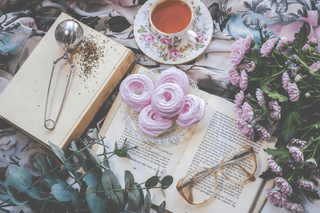FAQs
Have questions about our company or our products?
Below are some frequently asked questions that we receive. If you have a more specific question, please send us a message!
How is tea decaffeinated?
There are two methods in which teas are decaffeinated, each with its own set of pros and cons. The first employs ethyl acetate, a chemical solvent, which is passed through the leaves. As it travels through, the ethyl acetate bonds to the caffeine and takes it away when removed. This method has been around for quite a while and is relatively inexpensive. An interesting note: ethyl acetate is found naturally in small amounts in tea (along with citrus fruits and a few other foods).
In the second method - carbon dioxide decaffeination - tea leaves are put under tremendous pressure in a chamber of liquefied carbon dioxide gas (the gas that we breathe out and that plants absorb). The carbon dioxide bonds with the caffeine, and when the pressure is released the caffeine is removed. While this method is much more expensive, it uses no chemicals and yields much better flavor. As importantly, carbon dioxide decaffeination leaves roughly 90% of the original antioxidant content intact. In contrast, ethyl acetate leaves only 20% of the antioxidants in the leaf. Both processes also leave trace amounts of caffeine behind.
How do I store tea?
As tea is hygroscopic, meaning it is highly likely to absorb water molecules from the surrounding environment. The key is to avoid moisture, excessive heat, light, air, and strong, competing aromas (which may be absorbed by the tea). Each of these will degrade the quality of your leaves. Your best bet is any opaque, airtight container in a cool, dry place. Because of the danger of scents, the spice cabinet or next to the coffee beans, while common and convenient, is probably a bad place for tea.
Should I refrigerate my tea?
We do not recommend keeping tea in the refrigerator. Some prized Green and Oolong teas are refrigerated by the growers, distributors and retailers, but the teas are vacuum packed and their refrigerators are specialized for this purpose. Your kitchen refrigerator is home to a host of food scents. Most importantly, the first time you open a container full of chilled tea and the outside air swooshes in, the moisture of the air will condense on those leaves. Whether you can see it or not, you are adding more moisture to the leaf by keeping it in the refrigerator than at room temperature. A good rule of thumb may be that long-term refrigerated storage of a sealed container is a great idea, but daily storage of a tea you access regularly is discouraged.
Should I cover my cup when I make tea?
Yes. It keeps your tea hot and therefore maintains the proper brewing temperature. Most importantly, however, it keeps the aromas from escaping. When professionally cupping teas, one of the most exciting parts of the experience is first opening that cupping set and inhaling the aroma of the hot, wet leaves. The strength of the aroma and nuance that can be detected by a good nose are absolutely incredible! Since a significant portion of taste is actually smell, keeping a lid on it will usually stew the flavor of those first few precious sips.
Can I tell how hot my water is without a thermometer?
Yes - not perfectly, but you can get close. The Chinese use word pictures to give you some visual cues:
"Shrimp Eyes" Tiny bubbles, the size of a pinhead that rise to the surface and pop, under wisps and gentle vapor of steam. Water is between 155-174F.
"Crab Eyes" Larger, glowing bubbles the size of crab eyes. Vertical wisps of steam rise above your pot or kettle when the water is between 175F and 179F.
"Fish eyes" Kettle begins to make louder noises, large bubbles form on the bottom of the pot when your water is around 180-185F.
"String of Pearls" Continuous tiny strands of bubbles make their way to the surface of the water indicating temperatures between 195F and 205F, just below a boil.
"Raging Torrent" Rolling, boiling water according to the Chinese. 212F. The water convulses like a fire. This is also known as "dead water" and "old man water."
What is tea?
Tea comes from the leaves of Camellia sinensis plant, which was first cultivated in China, then later introduced to India, Japan, Sri Lanka and other countries. From the country or estate it is grown, how it is processed, the culture that prepares it, tea varies widely by flavor, aroma, appearance and brewing methods.
There are six main types of tea, all which come from the Camellia sinensis bush: black, oolong, green, white, yellow and pu-erh. See Tea Types for more information.
What are herbal teas?
While herbal tea (also known as herbal infusions or tisanes) are prepared like teas, they actually do not contain any tea leaves. Typically, herbal infusions are simply the combination of boiling water and anything from dried fruits, flowers, herbs, mint, spices, roots, berries and seeds. Stash Tea obtains our collection of herbs and spices from the finest suppliers around the world, from local Pacific Northwest mint to Moroccan rosebuds.
How much caffeine does tea contain?
The amount of caffeine in tea can vary significantly. It is quite difficult to gauge how much caffeine is in tea because it depends on so many factors, from its growing environment to how it is brewed.
Unfortunately, because it varies so much, we are unable to estimate how much caffeine is in a serving. To date, the most scientifically reliable statements are:
All tea contains caffeine.
Tea contains less caffeine than coffee.
Decaffeinated teas still retain a small amount of caffeine.
What is the difference between drinking loose leaf tea and tea bags?
The difference between the tea leaves themselves is that tea bags must use very small pieces of leaves (often referred to as "dust and fannings") to fit in a bag. These pieces of leaves, unlike loose leaf, do not expand much, if at all. When leaves are allowed to expand (a process known as "the agony of the leaves"), they usually deliver a smoother flavor.
With some types of tea, there is no discernible flavor difference between tea bags or loose leaf. Bold black teas, for example. With other teas, like oolong, you will see a wide variety in loose leaf, but a very limited selection in bagged tea. This is because the subtle flavor from the large, whole leaves of oolong tea (as well as the experience of watching them unfold in hot water) is not easily reproduced in tea bags.
Where are your teas from?
Our teas come from all over the world. We have tea from India, China, Japan, U.K, Oregon and more.
Are all your teas organic?
We have a selection of organic teas, Check out the Organic collection!
Do you have gift cards or gift certificates?
Absolutely!
I live in the Bow Valley, can I pick up my order at the retail location?
Yes, you can come into the store and pick it right up, we are open everyday from 10-6.
Do you ship internationally?
We ship Canada wide and U.S wide.
Yes, please see our shipping information page for more information.
